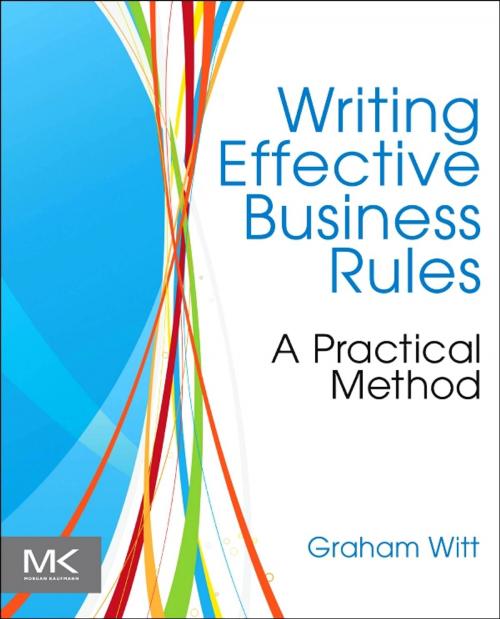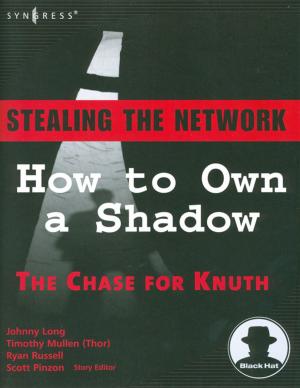Writing Effective Business Rules
Nonfiction, Computers, Advanced Computing, Management Information Systems, Database Management, Data Processing, General Computing| Author: | Graham Witt | ISBN: | 9780123850522 |
| Publisher: | Elsevier Science | Publication: | March 15, 2012 |
| Imprint: | Morgan Kaufmann | Language: | English |
| Author: | Graham Witt |
| ISBN: | 9780123850522 |
| Publisher: | Elsevier Science |
| Publication: | March 15, 2012 |
| Imprint: | Morgan Kaufmann |
| Language: | English |
Writing Effective Business Rules moves beyond the fundamental dilemma of system design: defining business rules either in natural language, intelligible but often ambiguous, or program code (or rule engine instructions), unambiguous but unintelligible to stakeholders. Designed to meet the needs of business analysts, this book provides an exhaustive analysis of rule types and a set of syntactic templates from which unambiguous natural language rule statements of each type can be generated. A user guide to the SBVR specification, it explains how to develop an appropriate business vocabulary and generate quality rule statements using the appropriate templates and terms from the vocabulary. The resulting rule statements can be reviewed by business stakeholders for relevance and correctness, providing for a high level of confidence in their successful implementation.
- A complete set of standard templates for rule statements and their component syntactic elements
- A rigorous approach to rule statement construction to avoid ambiguity and ensure consistency
- A clear explanation of the way in which a fact model provides and constrains the rule statement vocabulary
- A practical reader-friendly user guide to the those parts of the SBVR specification that are relevant to rule authoring
Writing Effective Business Rules moves beyond the fundamental dilemma of system design: defining business rules either in natural language, intelligible but often ambiguous, or program code (or rule engine instructions), unambiguous but unintelligible to stakeholders. Designed to meet the needs of business analysts, this book provides an exhaustive analysis of rule types and a set of syntactic templates from which unambiguous natural language rule statements of each type can be generated. A user guide to the SBVR specification, it explains how to develop an appropriate business vocabulary and generate quality rule statements using the appropriate templates and terms from the vocabulary. The resulting rule statements can be reviewed by business stakeholders for relevance and correctness, providing for a high level of confidence in their successful implementation.
- A complete set of standard templates for rule statements and their component syntactic elements
- A rigorous approach to rule statement construction to avoid ambiguity and ensure consistency
- A clear explanation of the way in which a fact model provides and constrains the rule statement vocabulary
- A practical reader-friendly user guide to the those parts of the SBVR specification that are relevant to rule authoring















